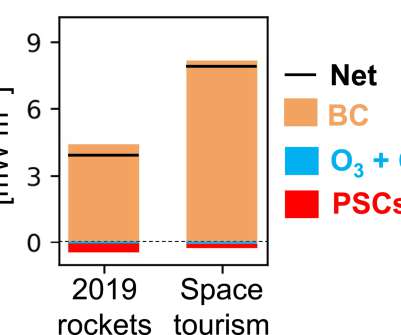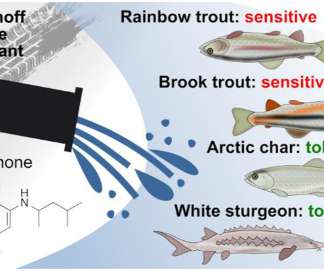Northwestern/Princeton study explores air quality impacts of aggressive conversion to EVs
Green Car Congress
APRIL 15, 2019
Researchers from Northwestern University and Princeton University have explored the impact on US air quality from an aggressive conversion of internal combustion vehicles to battery-powered electric vehicles (EVs). This despite evidence that suggests air pollution impacts from the transportation sector exceed those from greenhouse gases. …


























Let's personalize your content